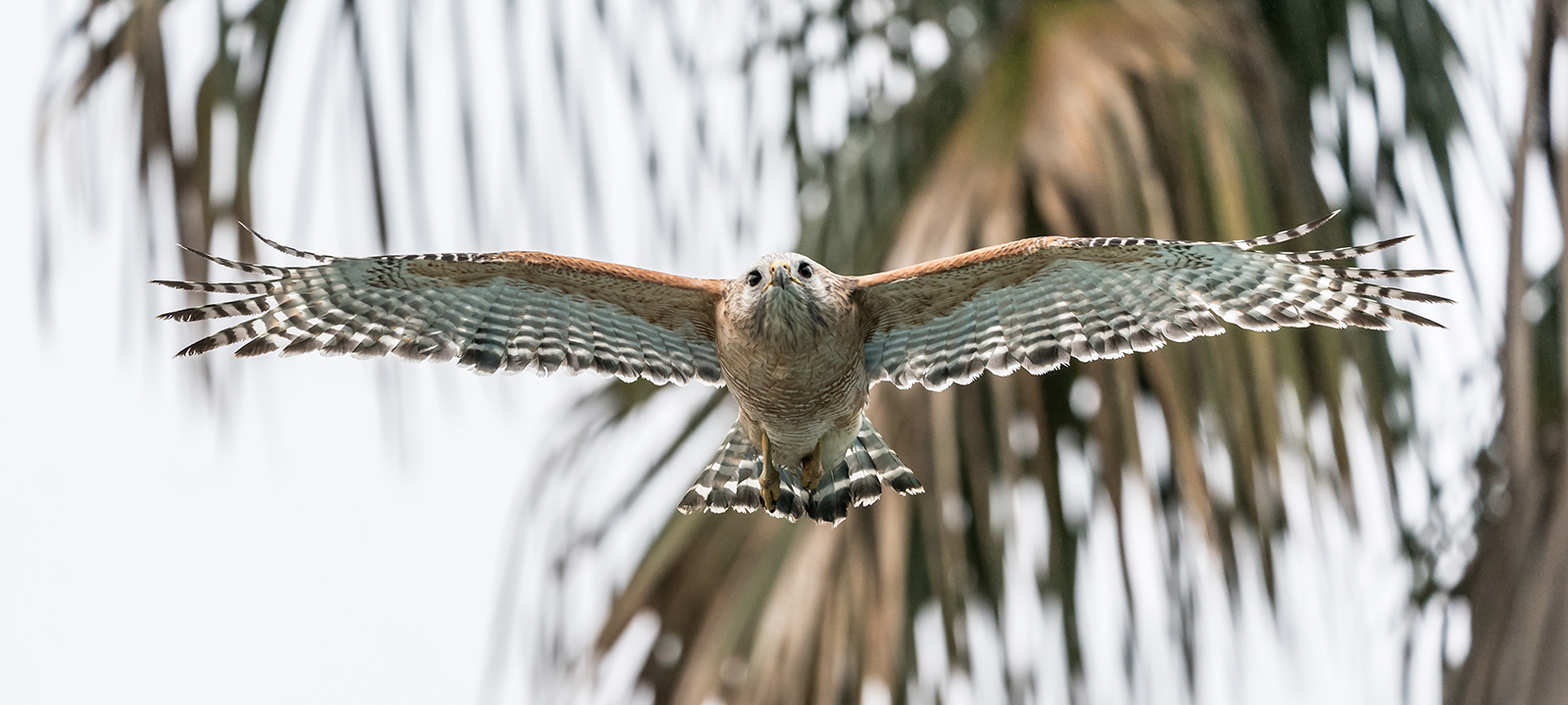Naturalist’s Notes
Learn about the importance of dead trees, called snags, in the ecosystem.
Earth Day is Thursday, April 22. However, just because it is set on one day doesn’t mean we can’t do something to improve our world every day. If you are interested, here are a couple of ways that you can give back in Phil Hardberger Park
Birder, photographer, and park visitor Lora Reynolds captured this exciting behavior earlier this month in the park: a Black Vulture preening a Crested Caracara.
The saying, “Home is where the heart is” has never been more true than in nature. For many animals, home can be the heartwood of dead or decaying trees.
Master Naturalist, Catherine Sobie Sobieszczyk demonstrates how to play her game of migration with us! ‘Journey' to up many different colorful and informational stations while learning all about the Monarch butterfly.
The Wildlife Biologists for Phil Hardberger Park have captured images of four more species using the Land Bridge.
Earth Day is Thursday, April 22. However, just because it is set on one day doesn’t mean we can’t do something to improve our world every day. If you are interested, here are a couple of ways that you can give back in Phil Hardberger Park
From Friday, April 30 to Monday, May 3, Citizen Scientists are needed to help San Antonio compete in the City Nature Challenge, where Cities all over the world are trying to get the most iNaturalist observations.
The Birds of Bexar County Seasonal Field Checklist has 31 species of native sparrows in the Emberizidae family. Of those, nine species are listed as being “common” in Bexar County in the winter.
Have you ever wondered how the poinsettia is connected to the winter holidays?
The educators of the San Antonio Parks and Recreation Department have created this colorful guide to help identify the wildflowers of Texas.
San Antonio Parks and Recreation Department has made an amazing film teaching us about how Oak Gall ink is made and how it was used historically.
Summer insects generate a familiar chorus heard while walking trails or spending an evening on the front porch. Katydids are one and are named after the song of the common katydid found in Eastern North America.
It is hard to think of a creature that is more formidable than a tarantula, but the tarantula hawk wasp fits that profile.
The giant walkingstick (Megaphasma dentricus) is commonly seen in Phil Hardberger Park in late spring and early summer. Females of this species are larger than males reaching up to 7 inches in length and are the longest insects in North America!
Nature Preserve Officer, Wendy Leonard, oversees operations in Phil Hardberger Park and other natural areas in San Antonio. She is also a beekeeper and takes care of five hives. Today, she shows us the inside of one of her youngest hives.
Observing free-flying, native birds is a great way to learn to appreciate nature and can offer hours of fun for children and adults alike.
Cochineal is a scale insect and is found on prickly pear cactus, Opuntia engelmanii. As a rasping, sucking insect, it feeds on the tasty juices of the cactus. It produces a cottony white covering to protect itself from predators.
If you can, avoid being in the sun during the hottest part of the day, usually between 2-4:30 p.m. Phil Hardberger Park doesn't close until sunset, so make use of the longer days and come check out the park in the evening.
Plastic tarps are appearing around the park again. They are being used for a process called solarization.
A handy guide to a few critters that should be avoided in the park.
One of the most commonly seen raptors at Phil Hardberger Park, the Red-shouldered Hawk (Buteo lineatus) frequents heavily wooded areas, periodically making appearances at clearings in search of food.
You may have noticed plastic tarps on the ground in the West side of the park in the grassy drainage channel near the parking lots. These have been put down as part of a project that aims to control invasive grass species in and around the park’s native grasslands.
Have you ever noticed these blue-purple berries on cedar trees (also known as Ashe junipers) around the park? Although small, they play a huge role in the park’s ecosystem and greater surrounding area.
The Birds of Bexar County Seasonal Field Checklist has 31 species of native sparrows in the Emberizidae family. Of those, nine species are listed as being “common” in Bexar County in the winter.
In 2009, a massive savanna restoration project began. The vision: to create a unique ecosystem, in the heart of San Antonio.
Kidneywood trees (Eysenhardtia texana) are small trees species that prefer to grow in full sun to light shade. Due to their palatability, this makes them highly susceptible to being over-browsed by deer, and, in some cases need to be protected by tree fencing





























